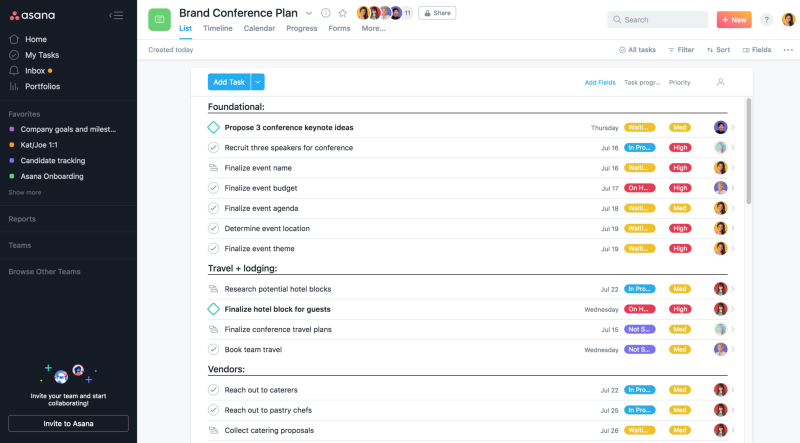

Insert that personalization tag into your messages as shown below, and voila! Your message will be personal to each recipient.ĪctiveCampaign does not limit the number of custom fields you can create. Well, wonder no more! For each custom field you create, ActiveCampaign auto-generates a personalization tag (also known as a merge field). Perhaps you wonder how exactly you can leverage custom field data to personalize your engagements. So, any contacts who view such a content block will see something that is personal to them, such as their birthday, their first name, their favorite ice cream flavor, etc. To personalize content according to custom field data is to autofill that data into a content block. To make content blocks conditional is to determine which contacts see the entire content block. Now, a key difference exists between making content conditional and personalizing content. As technology advances, we expect that more third-party tools will integrate with custom fields. So, the asterisk indicates that you can use custom field data to configure conditional content (another trait shared with tags) if the third-party tool can integrate and access the custom field data stored in ActiveCampaign. The problem is that most third-party tools do not integrate at a custom field level most integrate only at a tag level. That trait refers to the ability to hide and show content on your website via third-party integrations based on custom field data stored in ActiveCampaign. In the table, we placed an asterisk in the custom fields cell that correlates to the “conditional content (third-party)” trait. To do so, simply follow the steps in this image:

And as the table shows, you can also use custom fields to configure conditional content blocks in emails. Tags, on the other hand, are visible only to ActiveCampaign users.Īdditionally, just like adding or removing tags, changes in custom field data can serve as start triggers for automations. That is, the data contacts submit by filling out forms is sorted into custom fields and can be displayed in your messages to them. We point that out because users often overlook custom fields, unaware that custom fields are a powerful tool for segmentation.Ĭustom fields can be displayed internally to your business and externally to your contacts. If you take away one thing from the below table - which compares lists, tags, and custom fields - let it be this: custom fields can do everything tags can do, and sometimes more.
#Qownnotes custom fields how to
The rest of this guide further defines custom fields, the custom field types, and touches on how to create and use custom fields in ActiveCampaign. In fact, custom fields are one of the main segmentation tools available to you in ActiveCampaign. Of course, whenever contact data is in play, so is segmentation. You’re limited only by what you want to know and what data your users are willing to submit. Indeed, the data you collect via custom fields is diverse and personal. For instance, the ActiveCampaign user in the above example wanted to know the following: Custom fields store data that is permanent and unique to each contact. While users typically use tags to further segment their contact lists, users employ custom fields to get even more granular than tags. Let’s use the below image of a contact record to explain.
#Qownnotes custom fields full
In our migration guide, we claim that custom fields tell contacts’ full stories, whereas tags tell the CliffNotes versions. Custom fields are a means for storing and representing contact data.


 0 kommentar(er)
0 kommentar(er)
